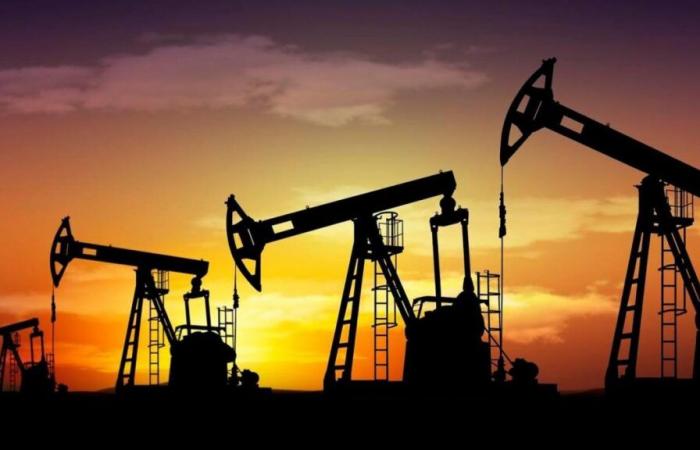A black gold pump shakes the crude oil market.
Eight OPEC+ member countries on Saturday announced a strong increase in oil production for June, accelerating the reopening rate of the valves with the risk of sinking prices that are already very low. when the barrel at the beginning of the year quoted $ 75 is currently around 62.
When the offer uploads, the poster relies on expanding its market share
As agreed, Saudi Arabia, together with Russia and six other members of the cartel, will produce 411,000 barrels per day, as in May, according to a statement, while the initial reintroduction plan provided for an increase of only 137,000 barrels.
“The OPEC+ has just launched a bomb in the oil market,” Jorge León, Rystad Energy, told AFP.
“After the signal last month, today’s decision sends a clear message: the group is changing its strategy and seeks to recover market share after years of cuts,” he continued.
If prices continue to go down, the US fracking sector can suffer because drilling is less profitable
A change that also allows “good relations with the United States of Donald Trump,” according to the analyst.
Indeed, shortly after taking office, the US president asked Saudi Arabia to produce more to lower the price of black gold.
These 22 countries, most of which depend largely on oil wealth, until recently bet on the shortage of supply to boost prices, maintaining millions of barrels in reserve.
With a more marked effort of eight members: in addition to Saudi Arabia and Russia, Iraq, the United Arab Emirates, Kuwait, Kazakhstan, Algeria and Oman agreed additional voluntary reductions in recent years.
After repeatedly postponing the reintroduction of these volumes, they started the process in early April and now step on the accelerator. Why this change in strategy?
This increase in production could aim to “punish the cheats” of the members of the OPEC+, that is, “to those who do not respect their quotas,” according to Arne Lohmann Rasmussen, by Global Risk Management. That is, it represents an internal message, since some countries “are no longer willing to tolerate the lack of discipline” confirmed Carsten Fritsch, from Commerbank.
However, these internal disagreements do not explain for themselves the decision of the OPEC+, which can also be motivated by the desire to anticipate possible geopolitical developments.
Because if negotiations on Iranian nuclear energy and the search for a high durable fire between Russia and Ukraine are successful, the United States could relieve their sanctions against Moscow and Tehran, allowing the export of new barrels.
In this context, OPEC+ prefers to advance its pawns rapidly increasing its production.
This strategy could, however, accentuate the fall in the price of black gold, which could also endanger not only some emerging countries that need to sell the barrel at a good price to finance their battered tax revenues, but to the great US actors in the sector, especially fracking companies or drilling in the rock.
Production would no longer be profitable for them “below $ 55 for a prolonged period,” explains Ole Hvalbye, SEB analyst. In other words, Trump could sell as success to consumers who will have a lower price in the supplier, but at the same time angry at the oil companies, that many of them supported him during the electoral campaign and now will do less business. This aspect should not surely dislike Russia, that when the tap opens, he knows that in this way he can put trouble to the US energy sector, (country that still has economic sanctions against Moscow after the Ukraine war).
Likewise, with this seemingly unqualistic gesture, it could be that Saudi Arabia is “testing” its influence on prices, to send to the market a sign that, Riad, unlike the USA. It can cause whatever the price of the barrel. We must not forget that Americans have become, as regards production, in world leaders in recent years. When flooding with more black gold, the poster hopes to recover its influence on the market and raise its share.
Donald Trump’s possession in the White House in January marked a turning point in the market.
The barrel, which quoted around $ 80 per barrel, has collapsed since then due to the worsening of economic perspectives and the threat of recession.
The commercial war between the United States and China, the two largest oil consumers, has contributed to reduce demand forecasts, causing a price drop, which are located at levels not seen since February 2021. This last increase in supply can drag the barrel even below. Also in Europe and just when you have to start travel for summer holidays.






